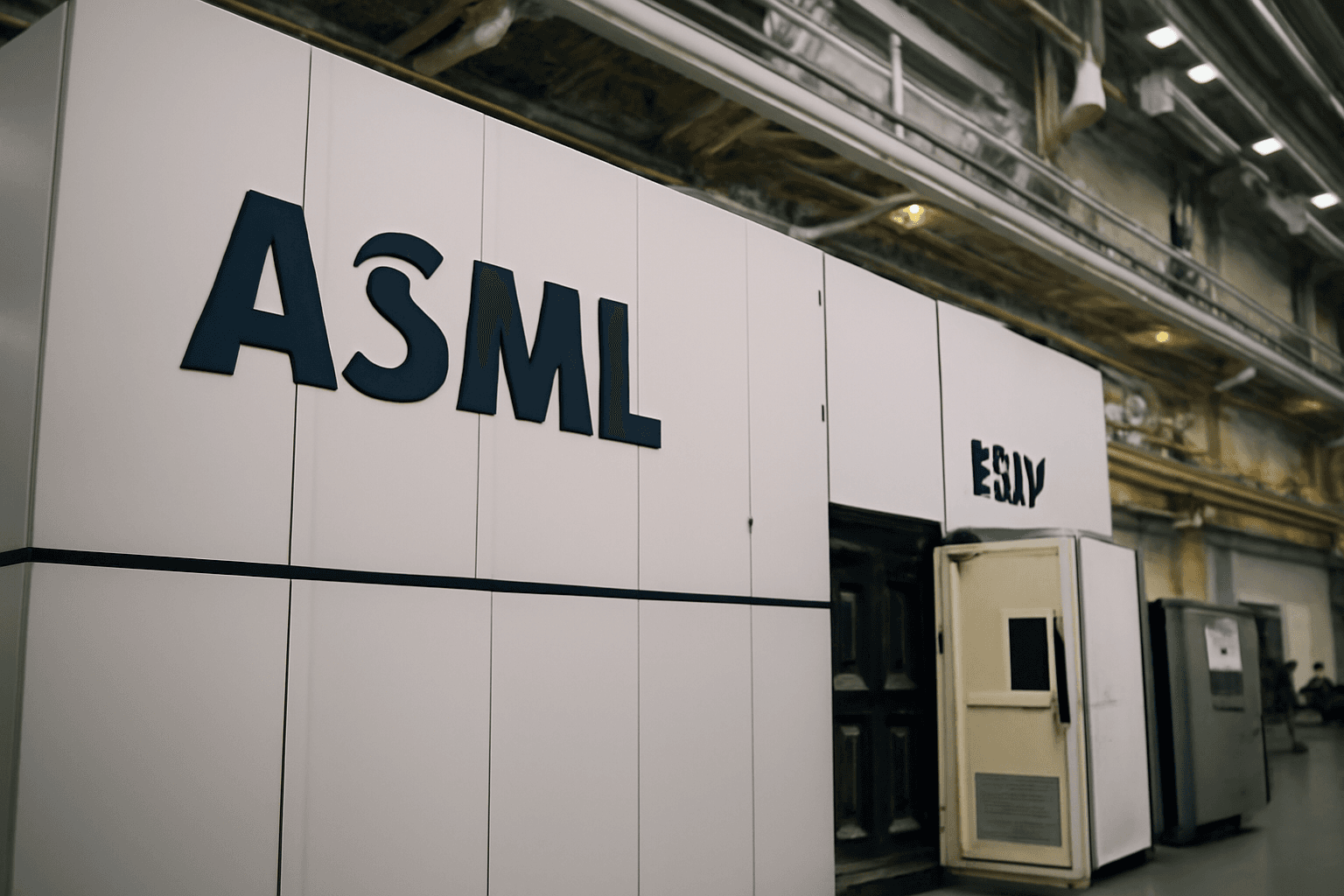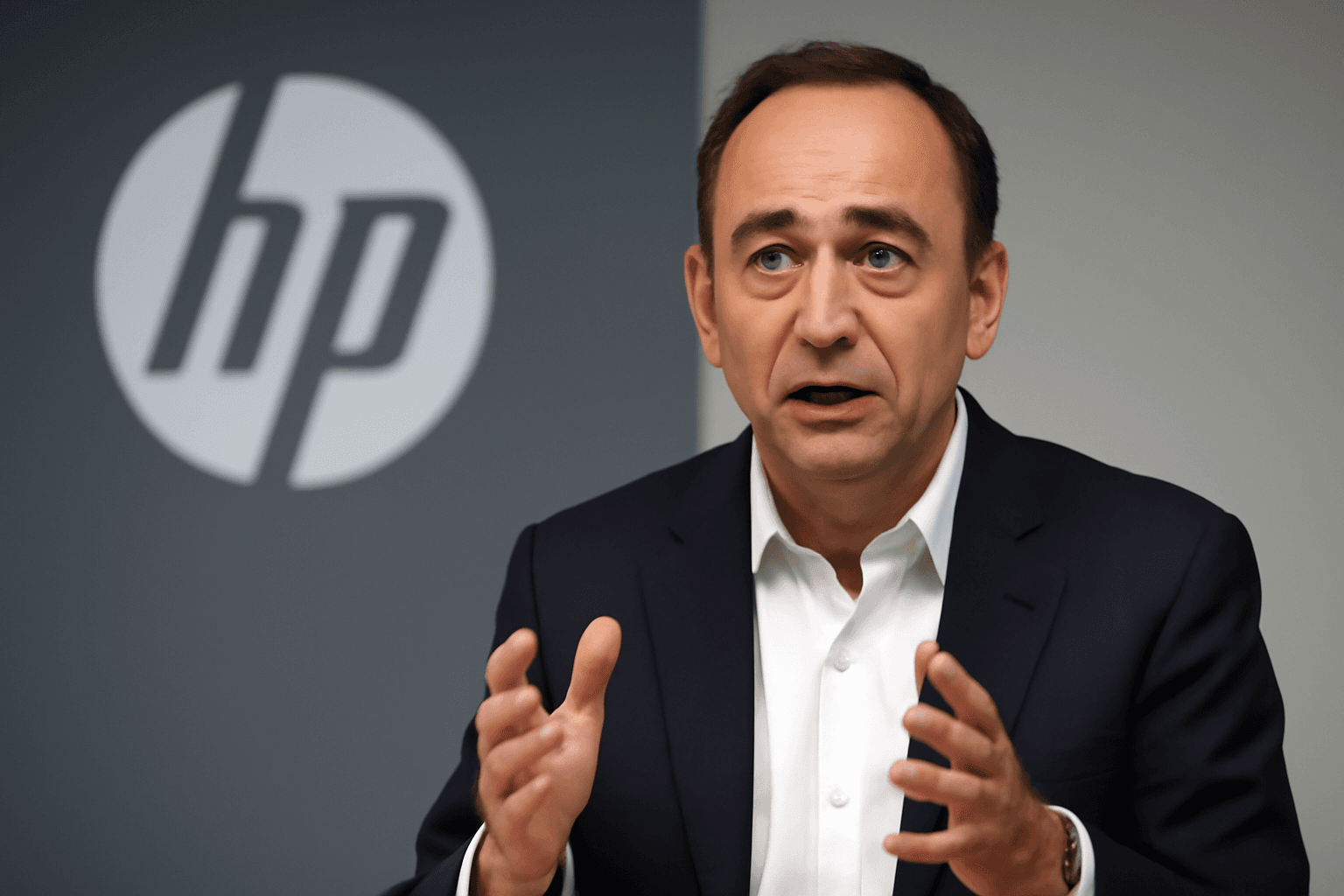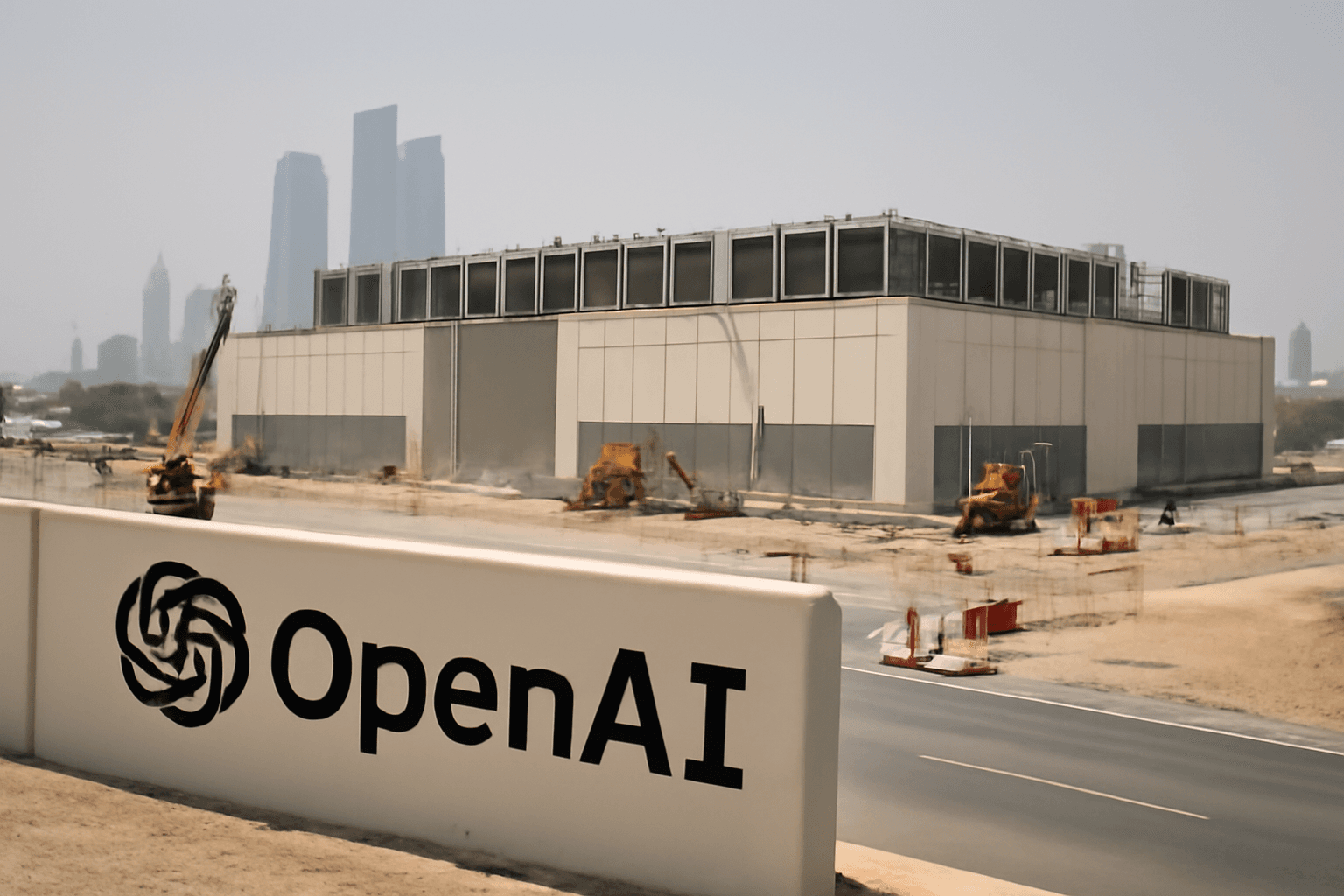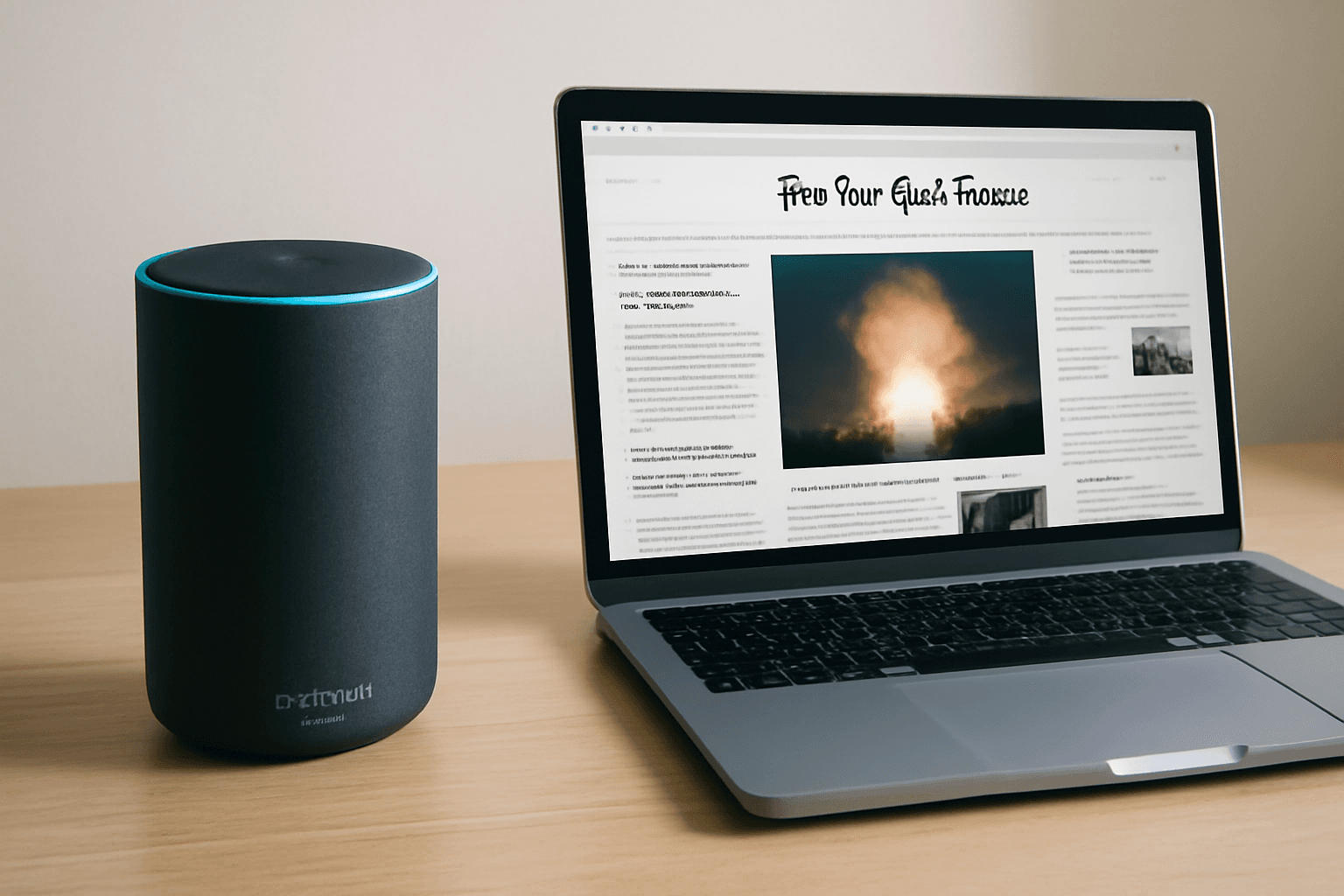IBM Q2 2025 Earnings Beat Estimates Amid Growth in Hybrid Cloud
Shares of IBM experienced a sharp dip in after-hours trading on Wednesday, dropping as much as 5%, despite the company reporting stronger-than-expected second-quarter earnings and raising its outlook for the full year. This reaction underscores the market’s nuanced interpretation of corporate results beyond headline numbers.
Financial Highlights: Outperforming Wall Street Estimates
- Earnings per Share (EPS): $2.80 adjusted, beating the consensus estimate of $2.64.
- Revenue: $16.98 billion, surpassing analysts’ predictions of $16.59 billion.
- Year-over-year revenue growth of nearly 8%, indicating steady momentum.
- Net income rose to $2.19 billion ($2.31 per share), up from $1.83 billion ($1.96 per share) a year earlier.
Segment Performance: Strong Software and Infrastructure Growth Offset by Slight Margin Pressure
IBM’s strategic focus on hybrid cloud technologies continues to pay dividends. Software revenue climbed approximately 10% to $7.39 billion, with hybrid cloud sales, including those from Red Hat, up by an impressive 16%. While the software segment’s gross margin stood at 83.9%, it narrowly missed analysts’ expectations of 84%, signaling slight cost pressures.
Consulting services shared a positive story as well, posting a 3% increase in revenue to $5.31 billion, comfortably above the $5.16 billion forecast. Infrastructure revenue surged by 14% to $4.14 billion, exceeding the consensus of $3.75 billion.
CEO Insights: Navigating Geopolitical and Fiscal Headwinds
During the earnings call, CEO Arvind Krishna acknowledged geopolitical tensions prompting some clients to adopt a cautious stance, while U.S. federal spending faced constraints in the first half of the year. However, he reassured investors that these factors are not anticipated to cause significant long-term challenges.
Jim Kavanaugh, IBM’s CFO, also noted that “delayed decision-making, especially in discretionary projects, along with prior-year renewals, affected in-quarter signings,” highlighting the broader macroeconomic cautiousness that technology firms are currently navigating.
Investing in Innovation: AI and Mainframe Developments
IBM continues to prioritize breakthroughs in emerging technologies. The quarter saw the announcement of its next-generation mainframe computer, reinforcing IBM’s presence in the critical enterprise infrastructure market.
In artificial intelligence, IBM’s generative AI business has grown to a $7.5 billion book of business since inception, up from $6 billion just a few months prior. This rapid expansion illustrates IBM’s commitment to being a formidable player in the AI consulting and solutions space, an area fiercely contested by industry giants.
Outlook and Market Context
Looking ahead, IBM reiterated its free cash flow guidance for 2025 at over $13.5 billion and anticipates at least 5% revenue growth at constant currency for the year. This contrasts with some peers who have tempered expectations amid economic uncertainty.
Even with the recent pullback in stock price following its earnings release, IBM shares have outperformed the broader market, gaining approximately 28% year-to-date, while the S&P 500 has advanced roughly 8% over the same period. This relative strength emphasizes investor confidence in IBM’s strategic pivot to cloud and AI services despite short-term volatility.
Underreported Perspectives: What Investors Should Watch
While the headline beat is clear, the slight contraction in software gross margin and the caution around discretionary project delays hint at underlying market pressures. Investors and analysts should monitor:
- The pace of AI project adoption across IBM’s client base and how it translates into sustainable revenue growth.
- Geopolitical developments, especially how international tensions may affect client budgets and contract timings.
- The impact of U.S. federal budget allocations on IBM’s government-related business segments in the coming quarters.
Conclusion
IBM’s latest quarterly report paints a picture of a legacy technology giant adapting to a rapidly evolving tech landscape marked by hybrid cloud and AI innovation. While short-term stock market reactions can be volatile, the company’s solid fundamentals and strategic initiatives position it well for sustained growth.
Editor’s Note
IBM’s 2025 second-quarter earnings reveal both promise and caution. Strong hybrid cloud sales and a growing AI book of business reflect successful strategic investments. However, slight margin pressure and client hesitancy amid geopolitical uncertainties remind us of the complex backdrop in which tech companies operate today. Will IBM’s leadership in AI and infrastructure innovation translate into durable competitive advantage? Time—and market dynamics—will tell.



















